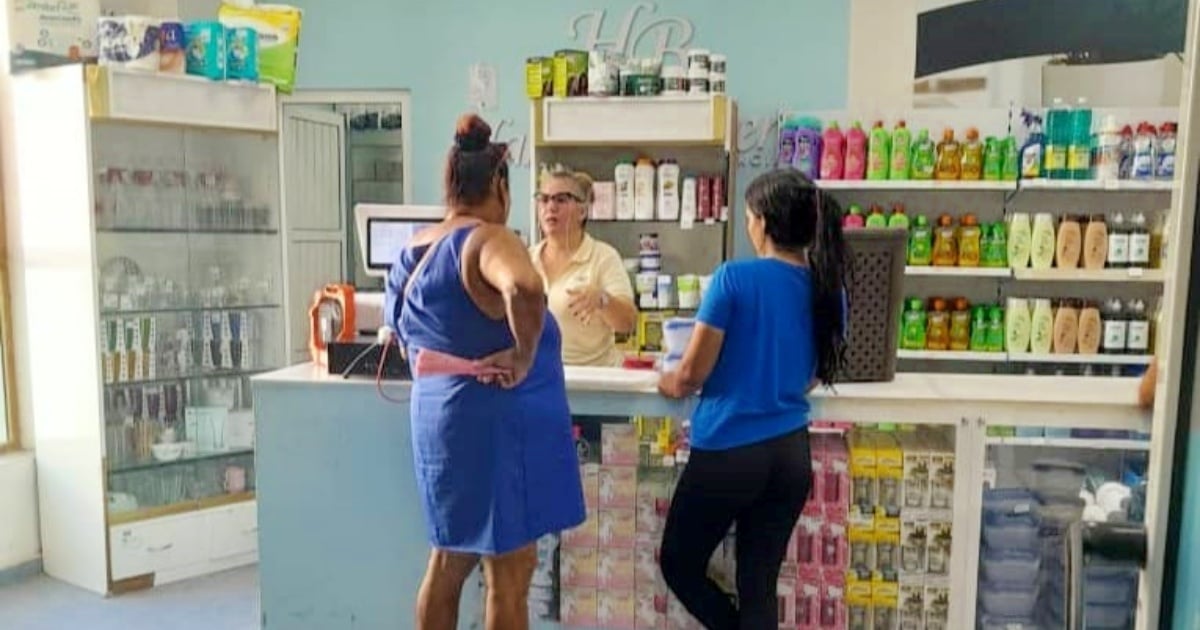The Cuban government has started allowing some stores in Freely Convertible Currency (MLC) to accept cash payments in foreign currencies, according to the independent outlet elTOQUE. Workers from the Caribe Stores Chain and Corporación Cimex S.A. have confirmed that select locations are already accepting payments in dollars and euros, while others are preparing to do so.
Although this policy is not yet widespread, it is anticipated that more stores will begin accepting foreign currency in the coming months. Customers receive change in Cuban pesos, calculated using the official exchange rate set by the Central Bank of Cuba.
Expanding Payment Methods
Some stores, such as Vitola 360 in Old Havana, are already advertising on social media that they accept cash payments and international cards. Additionally, Cimex is planning to increase the availability of the Classic Card denominated in dollars, which costs 4 USD and can currently only be obtained at Currency Exchange Houses (CADECA) or through requests from abroad.
A store employee mentioned to the media that soon, those with dollars will be able to purchase this card in stores, reload it, and use it to buy products, though no official date has been set for this implementation.
Mixed Reactions to New Cards
The introduction of new USD-denominated cards has caused some uncertainty, as it reinforces the perception that MLC is not backed by dollars. The Classic Card, launched in January 2024 along with another prepaid card from the Bank of Credit and Commerce (BANDEC), was not well received among Cubans. This led to a reduction in the minimum recharge amount from 50 USD to 5 USD, while maintaining a 4 USD fee.
In July, Prime Minister Manuel Marrero announced during a session of the National Assembly of People's Power (ANPP) that cash payments in foreign currencies would be allowed in sectors like tourism, despite contradicting the government's push for banking services. Marrero argued that the measure is necessary to attract foreign currency, as the country is losing revenue due to the lack of access to dollars circulating in the private sector and informal currency markets.
Impact on Informal Currency Market
Shortly after, the Cuban Tourism Office and the Canadian magazine Travel Week reported that starting August 1, Canadian tourists could pay in cash with Canadian dollars, as well as with debit and credit cards from their banks island-wide.
Is the gradual acceptance of cash payments in foreign currencies in MLC stores in Cuba contributing to the slowdown in the informal currency market? The fact is that the dollar, euro, and MLC, which are key currencies in Cuba, began October maintaining a trend of price stability that has persisted for almost two months, with only minor fluctuations.
As of October 1, the U.S. dollar was valued at 320 CUP, the euro at 335, and the MLC at 270. Despite the stability in the informal currency market since early August, the prices of basic goods in Cuba remain high for the population, reflecting the ongoing economic crisis characterized by inflation and a shortage of foreign currency, which impacts the purchasing power of citizens.
This recent price stability contrasts with the significant fluctuations seen in the first seven months of 2024, which were marked by sharp increases and decreases in prices.
